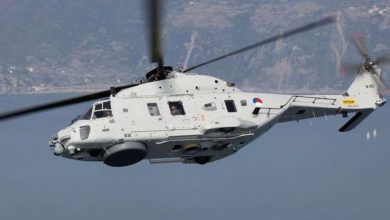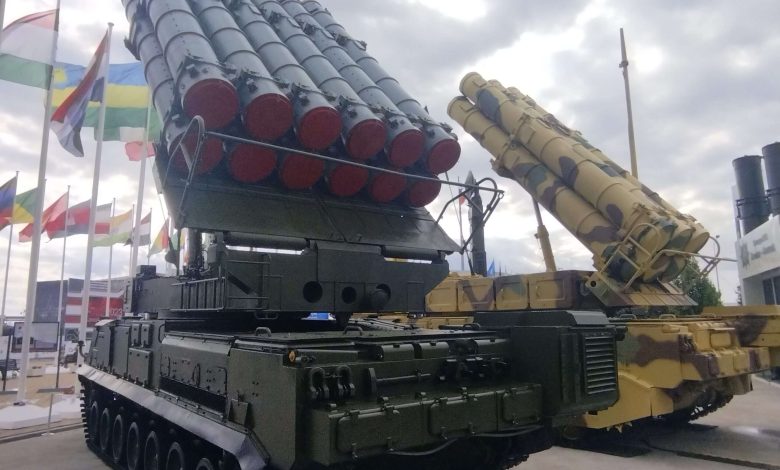
CAWAT, April 4. The Russian Viking medium-range missile defense system (export variant of the Buk-M3 air defense system) outperforms counterparts from NATO nations, specifically the German IRIS-T SLM, the Norwegian-American NASAMS III, and the SAMP/T of the Eurosam consortium, regarding combat efficiency and operational durability.
This perspective, as conveyed by TASS, was put forth by specialists from the Analytical Center for Aerospace Defense in an article for National Defense magazine[1].
“All Western manufacturers declare the exceptional firing rate of their launchers – capable of launching 6-8 missiles in 10 seconds. Conversely, only for SAMP/T, the count of target channels is disclosed – 10. The SAMP/T example illustrates that the firing rate of the launcher does not equate to the overall performance of the system,” the authors of the article state.
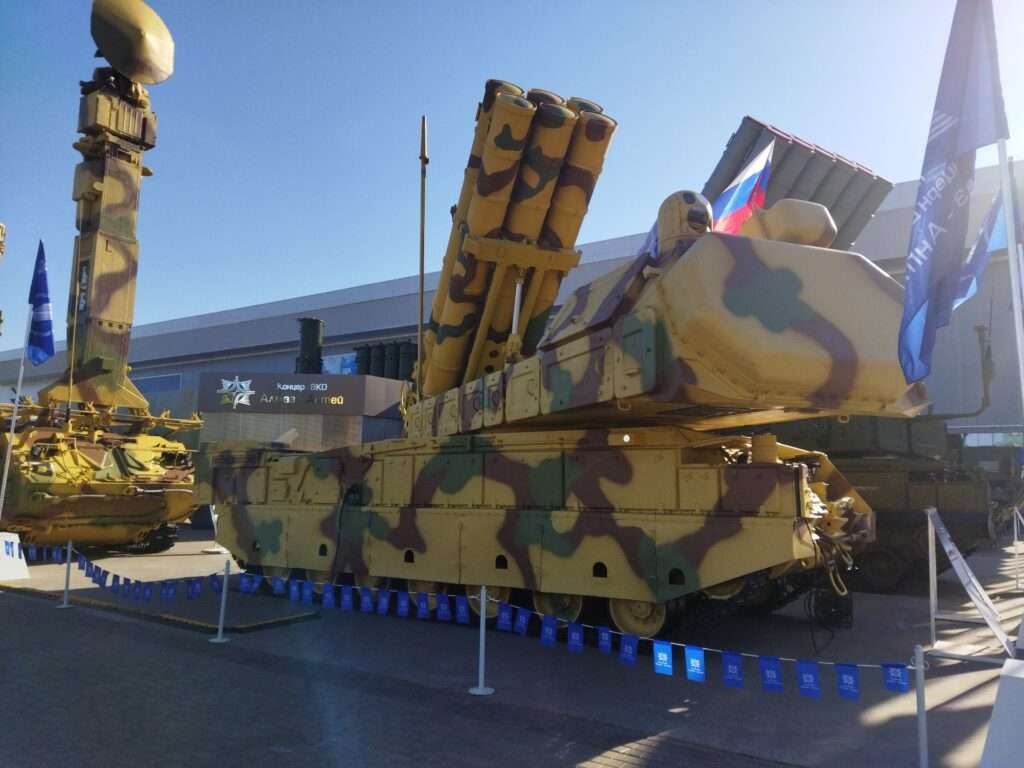
Thus, after launching 10 missiles from SAMP/T, all target channels become congested due to the particularities of the missile guidance system, making the next launch possible only as channels become available. In the medium-range zone, the waiting duration can range from 15 to 60 seconds depending on the target’s distance. In contrast, the interval between launches of the Viking is merely two to three seconds.
“However, the system (Viking) overall has 36 target channels and 72 missile channels. Consequently, despite having slower-firing launchers, the Viking demonstrates significantly superior fire efficiency within its operational area,” the specialists clarified.
As TASS reports, referencing experts, the Viking’s advantage lies in its tracked chassis, enabling it to function without reliance on asphalted roads and in a broad spectrum of environmental conditions. Recent experiences from modern combined-arms warfare indicate that the mobility and operational resilience of military equipment are directly correlated.
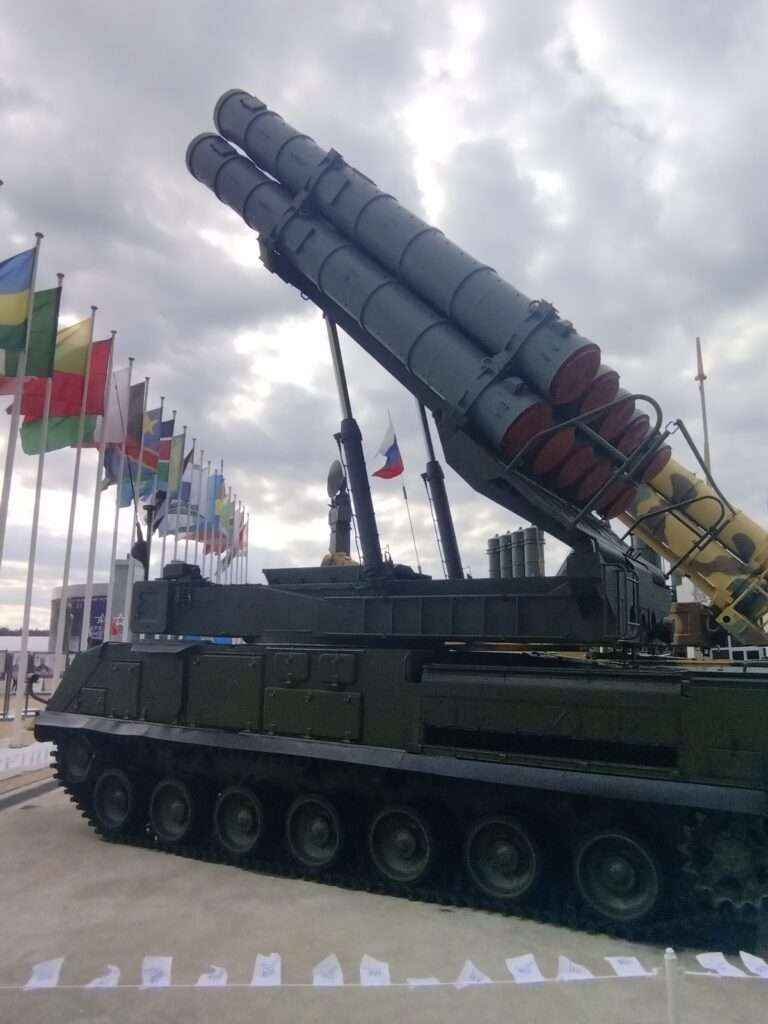
Moreover, the Viking boasts a rapid deployment speed for its primary combat assets from a march formation to a combat stance – just 5 minutes, while the entire system is operational within 10 minutes. Additionally, the Russian air defense system can vacate a position with its systems activated within 20 seconds post-missile launch. Another aspect contributing to its combat resilience is its 15 mm armor.
Simultaneously, foreign medium-range systems are mounted on wheeled platforms, which necessitate well-maintained roads. Western air defense systems transition from a march configuration to combat readiness in 10-15 minutes, depending on the model.
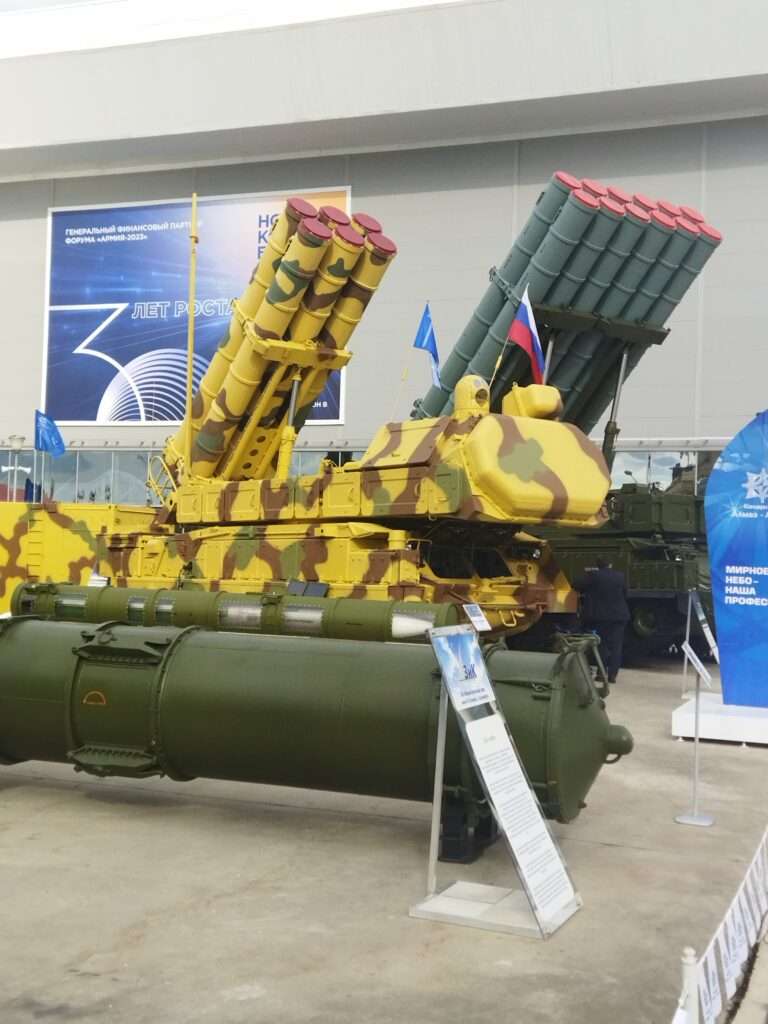
“The combat resilience of the IRIS-T SLM and SAMP/T batteries is significantly compromised by having only a single radar in their configuration. Once the radar is compromised, all functionalities of these systems are rendered inoperative. It’s noteworthy that Kongsberg developers acknowledged this vulnerability: the NASAMS III battery incorporates six to eight radars – approximately one for every two launchers. This distribution roughly aligns with that of the Viking air defense system,” the authors highlight.
Therefore, the Viking’s enhanced maneuverability facilitates swift repositioning to engage in combat, and after completing its mission, it can quickly vacate the hazardous zone to evade a counterstrike.
In conclusion, the analysts deduced that in the Western model of air defense, there is a strong preference for aerial and maritime systems, while ground-based air defense solutions are developed as a secondary priority.
“In the IRIS-T SLM missile defense system, the quantity of missiles and their range render radar capabilities frequently superfluous. Conversely, in SAMP/T, the specifications of the radars hinder them from realizing the full potential of the missile defense system. The high firing rate of the launcher fails to align with the number of target channels. “A squadron sails at the speed of the slowest ship” – this time-honored principle aptly applies when evaluating the capabilities of contemporary Western medium-range air defense systems,” the article underscores.
Differing from its Western equivalents, the Russian Viking maintains balanced attributes of detection range and guidance range, the count of trackable targets, fire, target, missile channels, surface-to-air missiles, and ammunition capacity – all these features complement each other harmoniously.
“For several specifications, the Viking air defense system stands as a world champion. However, the most crucial aspect is its absence of vulnerabilities. None of the subsystems hinder the overall system’s performance; each operates to enhance its efficiency traits. When considering the excellent maneuverability and robust combat stability, it becomes clear that we possess an air defense system ideally suited for participation in combined-arms operations,” TASS quotes the authors of the article.
[1] https://oborona.ru/product/zhurnal-nacionalnaya-oborona/sravnenie-sovremennyh-zrk-srednej-dalnosti-45586.shtml




